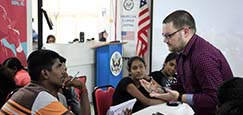IDA B. WELLS-BARNETT
PROGRAM TOOLKIT FOR AMERICAN SPACES
An American Hero
This program toolkit is designed for programming at American Spaces to introduce journalist, suffragist, and civil rights activist Ida B. Wells-Barnett and highlight her relentless pursuit of the American ideal of justice for all.
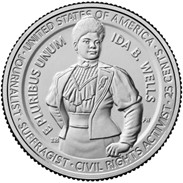
Photo Credit: U.S. Mint
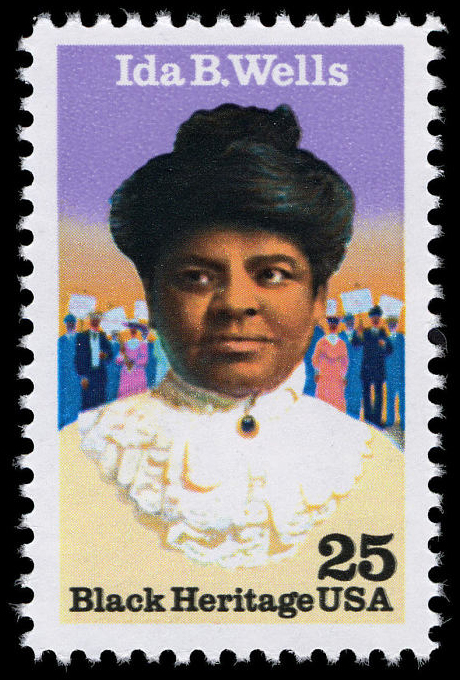
Key Definitions
Activist – a person who participates in activities to make political or social change happen
Alleged – claimed without proof
Civil rights – the rights of citizens to political and social freedom and equality
Due process – fair treatment through the normal judicial system
Emancipated – freed from slavery, bondage, or social control; liberated
Extrajudicial – describes an action taken without legal authority
Jim Crow – racial segregation and discrimination enforced by laws and customs, especially in the southern states of the United States from 1877 until the mid-20th century
Lynch – to kill someone for an alleged offense without a trial or due process under the law
Posthumous – occurring after an individual’s death
Pulitzer Prize – an annual prize for excellence in American journalism
Suffrage – the right to vote
Suffragist – a woman who advocates for women’s right to vote
MORE RESOURCES
Videos
Ida B. Wells: A Passion for Justice | Kanopy (54 minutes) – An award-winning documentary about the life and work of Wells-Barnett. Nobel Prize-winning author Toni Morrison reads selections from Wells’s memoirs and other writings.
Ida B. Wells: Journalist and Anti-Lynching Activist | The New York Historical (2 min) – Learn more about Wells-Barnett’s anti-lynching work and how she used journalism and statistical evidence to raise awareness about the horrors of lynching.
How Ida B. Wells Got Women Voting | Smithsonian Institution (2 min) – A brief video highlighting Wells-Barnett’s work with the Alpha Suffrage Club in Chicago.
Suffrage in 60 Seconds: Ida B. Wells | U.S. National Park Service (1 min) – The story of how Wells-Barnett integrated the 1913 Woman Suffrage Procession in Washington D.C.
HONORING IDA B. WELLS-BARNETT
The American Women Quarters™ Program honors 20 exceptional women with coins bearing each of their images. The U.S. Mint released the Wells-Barnett quarter in 2025. In 1990, the U.S. Postal Service issued the Ida B. Wells stamp.
In 1988, Wells-Barnett was inducted into the National Women’s Hall of Fame in Seneca Falls, New York. In 2021, the city of Chicago erected a monument called The Light of Truth for Ida B. Wells. It’s the first statue in the city honoring a Black woman.
IDA B. WELLS-BARNETT: CRUSADER FOR JUSTICE
The 14th Amendment to the U.S. Constitution guarantees all Americans the right to due process and equal protection under the law. Ida B. Wells-Barnett (1862-1931) dedicated her life to advocating for those rights. She is remembered for her extensive reporting on the crime of lynching, the unlawful killing of Black Americans after the end of the Civil War.
This toolkit provides videos, articles, and lesson plans for American Spaces audiences to learn about Wells-Barnett’s journalism and activism in pursuit of justice.
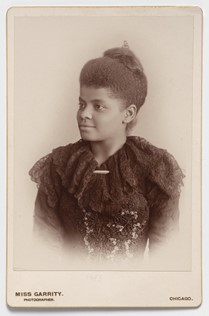
WHO WAS IDA B. WELLS-BARNETT?
Ida B. Wells-Barnett was born into slavery and emancipated as a young child at the end of the U.S. Civil War. She and her family were among the first formerly enslaved people to attend school. Wells-Barnett was a teacher, a journalist, suffragist, and civil rights activist. When she became famous for advocating for equal rights for Black Americans, opponents threatened her life and attacked her newspaper business. Despite these hardships, Wells-Barnett did not stop.
The way to right wrongs is to turn the light of truth upon them.
Ida B. Wells-Barnett
The people must know before they can act, and there is no educator to compare with the press.
Ida B. Wells-Barnett
She is remembered as a courageous journalist and an important figure in the legacy of early civil rights activism in America. The U.S. Government has honored Wells-Barnett by picturing her on a U.S. Postage Stamp and a U.S. Quarter.
Journalism and Anti-Lynching Activism
Wells-Barnett is best known for her tireless reporting to expose the injustice of lynching. During her lifetime, some citizens accused Black Americans of crimes without evidence, then killed them before the victims could have a trial before a judge. Wells-Barnett knew that the 14th Amendment guaranteed all Americans the right to due process and a fair trial. She decided to focus her career on investigating these crimes.
She was also an early pioneer in compiling data as part of her reporting. Her articles, pamphlets, and books include detailed statistics from her investigations. This data helped educate people about the extent of the injustice. In her writing, she also urged her fellow citizens to take action. Wells-Barnett was posthumously awarded The Pulitzer Prize in 2020. She won this prestigious American journalism prize for her “outstanding and courageous reporting.”
Women’s Suffrage
Wells-Barnett was also active in the women’s suffrage movement. She founded the Alpha Suffrage Club in Chicago, Illinois. It was the first Black women’s club in the United States focused specifically on voting rights. She and her club helped the women of Illinois win the right to vote in 1913. They achieved that goal seven years before women won the right to vote nationally in 1920 with the passage of the 19th Amendment to the Constitution.
Articles
Ida B. Wells | U.S. National Park Service
Amending America: the 14th Amendment | U.S. National Archives
Places of Ida B. Wells-Barnett | U.S. National Park Service
A Noble Endeavor: Ida B. Wells-Barnett and Suffrage | U.S. National Park Service
LESSON PLANS
African American Activists – This lesson from the National Women’s History Museum focuses on three Civil Rights activists: Ida B. Wells-Barnett, Fannie Lou Hamer, and Rosa Parks. It includes a graphic organizer useful for researching any activist.
Ida B. Wells-Barnett – This lesson from the National Women’s History Museum includes an extensive biography, primary source analysis strategies, and links to related lesson plans.
Learning with Ida B. Wells Barnett – This lesson from the National Park Service includes a brief biography and lesson ideas based on various aspects of her work.
Ida B. Wells, “Lynch Law,” 1893 – This lesson from the Bill of Rights Institute highlights some of the data collected by Wells-Barnett during her reporting. The lesson includes comprehension and data analysis questions.
DISCUSSION QUESTIONS
- Ida B. Wells-Barnett embodies the English saying, “The pen is mightier than the sword.” She used the power of her writing to advocate for civil rights. Do you agree with this saying? Are there some situations where words are more powerful than violence? Are there other situations where the reverse is true? What other journalists or activists use their writing to pursue justice?
- In her time, Wells-Barnett published her work in newspapers, pamphlets, and books. She also traveled to give lectures to live audiences. Modern journalists have many more platforms to publish their reporting. How do you think this impacts the work of modern journalists? What are the new opportunities and challenges they face to reach wide audiences? How can journalists or activists use modern media to advocate for civil rights?
- Ida B. Wells-Barnett fought for Black people and women to have equal justice and equal rights. If she were alive today, what are some modern civil rights issues she might write about? Which issues or communities might she report on?
Overdrive (Libby) Books
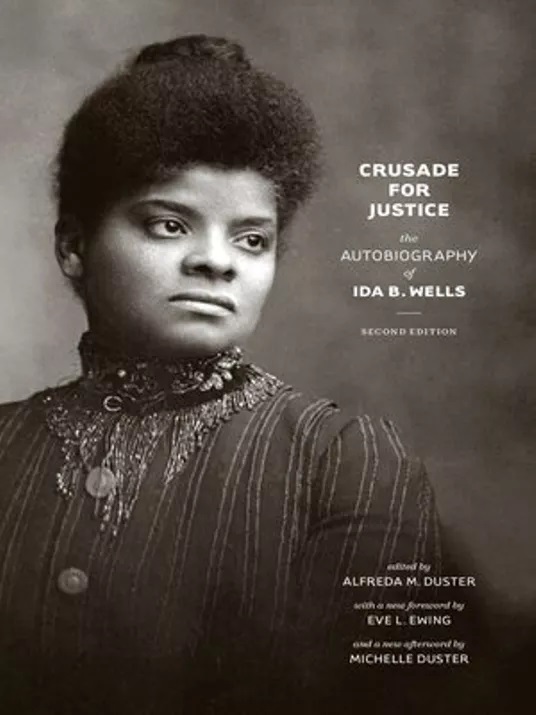
Crusade for Justice: the Autobiography of Ida B. Wells An engaging memoir of Wells-Barnett’s private life and professional work.
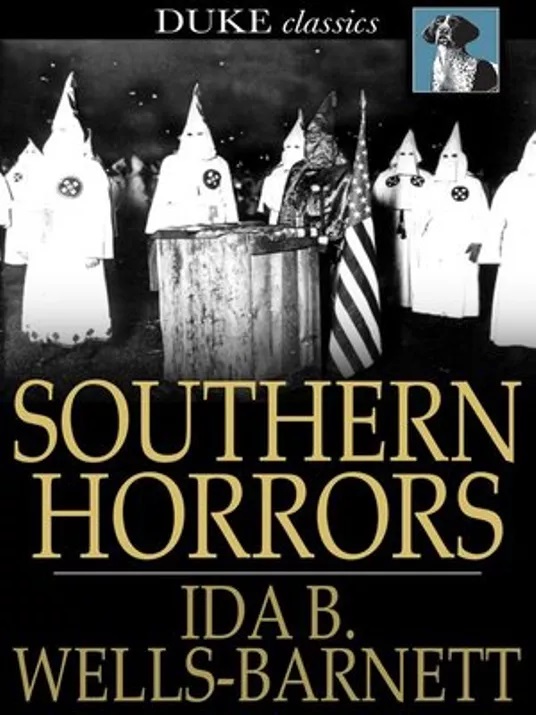
Southern Horrors by Ida B. Wells-Barnett – A document of lynching and its prevalence in the American South.
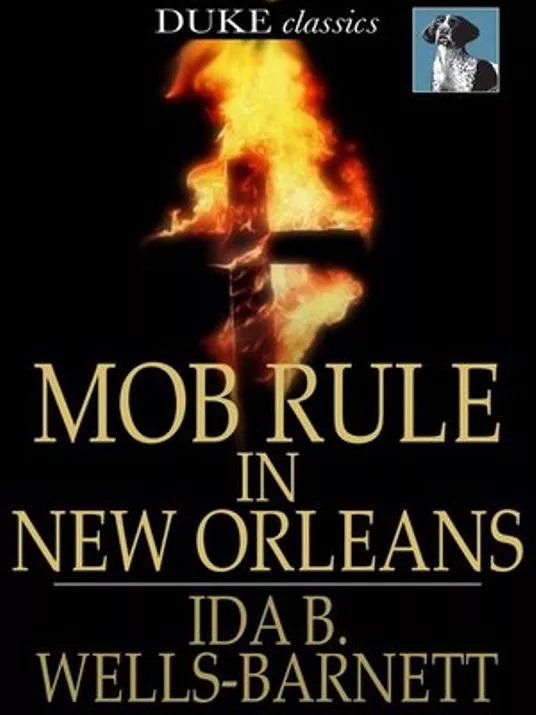
Mob Rule in New Orleans by Ida B. Wells-Barnett – A gripping account of the 1900 riots in New Orleans.
The views expressed in these links and resources do not necessarily reflect those of the U.S. government.
Updated June 2025






